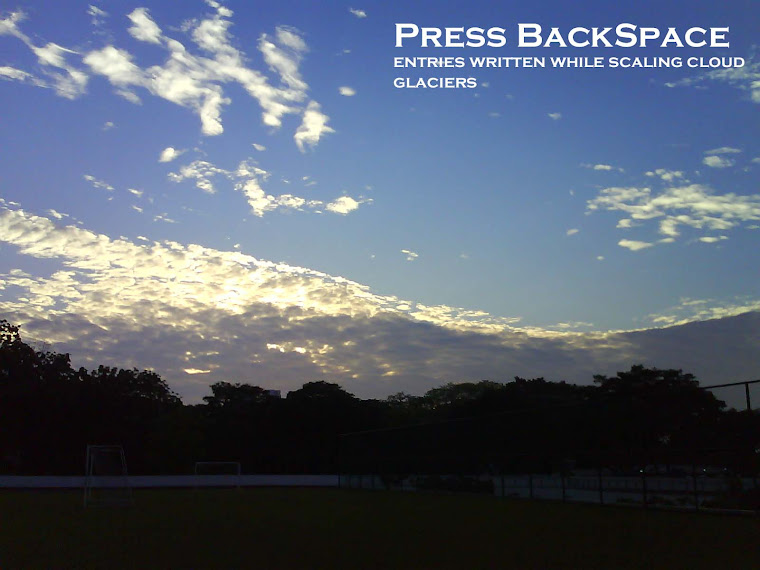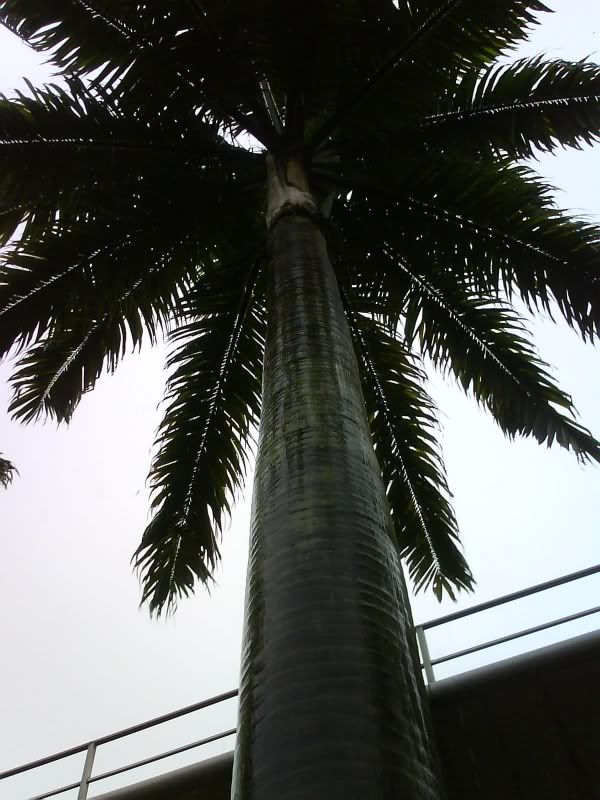No one can hear you screen.
Here's a thought about the matter of touchscreens. They're not all that omniscient when it comes to input. You may argue that they're incredibly versatile and that their function is only limited to whatever they are programmed to do, and while this sounds very good on paper (something else that is a lot more user friendly), it really doesn't translate all that well onto an actual device, in terms of one thing: precision. Two things actually, but we'll get to them later.
Some might argue that what we're talking about here is in fact accuracy, but they should stop talking now because what I'm really talking about here is precision, quite ironically the more accurate term here.
First, let me just say that touchscreens are still a wonderful idea. Those that argue for its versatility are indeed, in some sense, right. Touchscreens can be incredibly handy in some cases, especially when you want to target something all the way on the other end of the screen on a handheld device, which would be laborious with something like a button cursor, to the point where you find yourself completely uninterested with what you were going to select by the time you get to it. In this case, touchscreens allow for quick and wide access.
Touchscreens also allow for gestures, which takes the pressure of the poor, miniscule screens that most handheld have to hold a ridiculous amount of buttons on them, and so freeing up the screen for more interesting things like epileptic backgrounds. Gestures also allow for more intuitive control. In the case of the iPhone, a rebel in more ways than one, including the area of proper capitalization, to scroll over lists you simply swab your finger across the screen to drag the list down, thus scrolling. It's very intuitive and those using the iPhone for the first time will probably figure it out quickly.
Touchscreens also remove the staggering limitation of how many buttons a small device can hold before it means that you no longer have the option of not accidentally activating your camera when you don't want to. On a touchscreen, you can simply classify buttons into panels, and swap to the set of buttons that you want to use. This means that the functionality of the device is only dependant on how lazy the developers are, which is something that has yet to be worked around.
So if touchscreens improve the range of functions a device has, as well as allow for intuitive control, then why all the fuss, and why the terrible pain in both my thumbs as I type this out on my tiny Tungsten C keyboard. What is wrong with touchscreens?
The problem with touchscreens can be explored using the analogy of... You know, never mind. The problem is that touchscreens lack two things: precision and feedback.
Touchscreens, while incredibly versatile, can also be terribly frustrating. As a Palm user I can testify to this (Listen Apple people, I'll get to you soon. You just wait for a second). A lot of frustration comes from selecting things on lists. Lists cram many little items together, and it's quite often that I can't seem to select what I want to select, and the reason for this is that my fingertip, being the mystical alpine dwelling creature that I am, often covers two items on the list at a time, this means that I usually end up selecting the wrong item.
Sometimes I try to change so that my Palm will still love me, and use the very tip of my finger to target more precisely, but this doesn't seem to work very well, usually because the screen seems to ignore this completely half the time (That phrase is slightly confusing. I apologize), and not respond at all. Even using the stylus yields the same results sometimes.
But many this is simply due to incompetence on the part of Palm. Maybe another company, such as Apple, the democracy crowned king of the touchscreen after the release of the iPhone, will do better?
In order to avoid stoning by all those that can afford iPhones, (Quite honestly, that makes this quite safe, but they may drop the price, so you never know.) I should preface the Inquisition by saying that there are slight improvements. The iPhone's screen buttons are bigger, as is its screen, thus compensating for user belligerence, and gestures do remove the frustration of trying to target those tiny scroll bar buttons. But there still exist problems.
Behind the safety of my anti-tank obstacles I must say this: the keyboard has induced high levels of frustration, ad subsequently, hair loss. The problem with the iPhone's keyboard is not the disregard of capitalization, but rather the same problem that my Palm has with lists. The iPhone's keyboard is simply too small for fast text input. While it does seem like it's a lot larger than it should be, it really isn't. When using Dom's iPhone for reasons that will not be covered here, I constantly ended up reaching for the backspace, only to end up pressing the P. Precision just isn't with touchscreen keyboards, and is especially irritating when you're trying to input lots of text.
The problem here isn't the touchscreen, really. It's the users, specifically the users' fat, myopic thumbs. Human thumbs are simply that big, and this is unfortunate because they're not going to change anytime soon, unless Aldous Huxley is to believed. Users simply have thumbs that are that large, and while they are the cause of the problem, the user remains quite significant when it comes to any device, and unfortunately, developers haven't figured out how to remove the user, and thus remove the problem.
But precision isn't the only problem when it comes to touchscreen input.
If you take a look at a hardware keyboard on a handheld device, the keys are usually much smaller than that of a touchscreen keyboard's, but for some reason they remain easier to use. Why?
The thing that hardware keyboards have that touchscreen keyboards don't is feedback. Whenever you push a button on a hard keyboard, you can feel the button, and this benefits the user in two areas. It informs you that you have pushed the button, through a next hearty click, and it also means that you know precisely how much force you need to press it. Touchscreen keyboards are fairly ambiguous when it comes to this, because there simply isn't any communication between the two. One is never quite sure how hard one should press to "press" a touchscreen button, and it can be distressing when you press too lightly and end up not pushing it at all, or press too hard and end up inadvertently declaring war on your touchscreen, that declares that it is no longer "your" touchscreen, but an individual touchscreen with its own rights and freedom. Hardware keyboards don't present this problem because of force feedback: you know that you have pushed the button when it clicks.
Another thing that helps when using hard keyboards is that you're always able to feel the buttons. In the event that your fingers or thumbs tread into the terrible void of the region in between two keys, you can feel it and correct that. Touchscreen keyboards, on the other hand, don't give you that because keys and the borders between keys all feel the same. As such, you're never quite sure whether you're trying to press two buttons at once.
And these problems themselves have a problem because they can't be solved. A touchscreen will always remain flat, and simply can't deliver the sensation of touch feedback, for letting you know that you've pushed a button or for letting you know the position of your thumbs or fingers. Hardware keyboards have been doing this for years, maybe unintentionally.
And quite honestly I don't think touchscreens will ever overcome these problems. They may become more sensitive and so on, but the human thumb will always remain stubbornly fat, and we humans, not to be outdone by our thumbs, will always require force feedback when pushing buttons. Touchscreens work for certain things, but there comes certain point where some features are beyond it, simply because of the way users are. Sometimes the tendency to rely only on a touchscreen for input can end up limiting the functionality of a device. Developers, like good ol' Steve, shouldn't be afraid to add a few hard buttons to their devices if it will make input more user friendly and efficient.
Developers have to take this into account. Technology and devices may become more sophisticated and so on, but we users won't change. We like our hard buttons.
And so I must let my poor tiny Tungsten C's hard keyboard rest, and I leave you with an obligatory Bow Chicka Bow Wow.
I would like to point out that all of the above, except for the text with the bad posture here, was typed out using a tiny, hard button keyboard on a Tungsten C. The buttons are truly tiny, smaller than the buttons on most mobile phones. Also, one thousand and four hundred words, my fabulosos.


